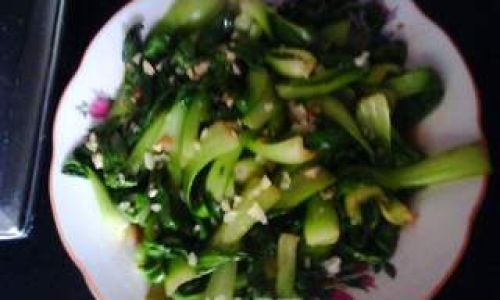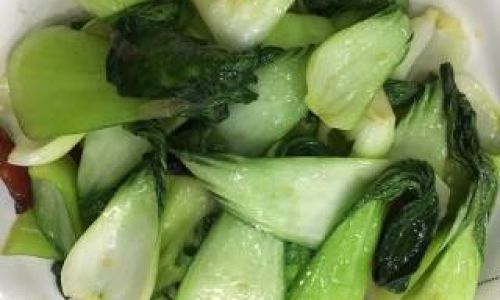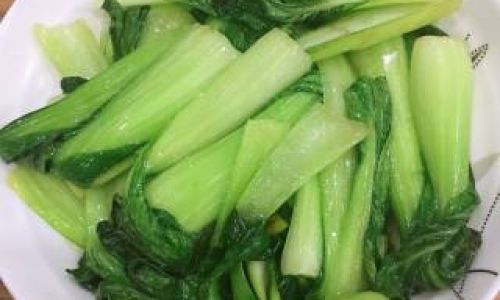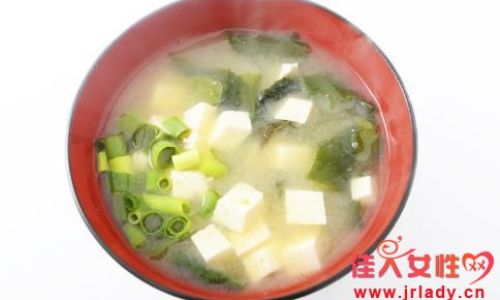In the bustling kitchens of China, where woks clang and sizzling oils dance with fresh produce, one dish stands as a testament to simplicity and flavor: bàochǎo yóucài, or stir-fried bok choy. This humble vegetable, with its crisp stems and tender leaves, transforms under high heat into a dish that embodies the balance of texture, aroma, and taste central to Chinese cooking. Beyond its role as a everyday staple, stir-fried bok choy is a canvas for culinary precision, a nod to tradition, and a celebration of seasonal freshness. This article delves into the history, techniques, and cultural significance of this iconic dish, offering a roadmap for home cooks and food enthusiasts alike to master its preparation.

A Brief History: From Farm to Table
Bok choy, scientifically known as Brassica rapa subsp. chinensis, has been cultivated in China for over 1,500 years. Its name, which translates to “white vegetable,” reflects its pale, crunchy stems and vibrant green leaves. While the exact origins of stir-frying (bàochǎo) are debated, historians trace its roots to the Han Dynasty (206 BCE–220 CE), when chefs began experimenting with high-heat cooking methods to preserve the natural flavors of ingredients. Stir-frying bok choy likely emerged as a practical solution for busy households, offering a quick, nutrient-rich meal that required minimal resources.
Today, the dish remains a cornerstone of Chinese home cooking, appearing on dinner tables across the country. Its popularity stems from its versatility—bok choy pairs seamlessly with garlic, ginger, soy sauce, and other aromatics, while its mild bitterness appeals to a wide range of palates. In restaurants, chefs elevate it with oyster sauce, dried chili flakes, or even a drizzle of sesame oil, demonstrating the dish’s adaptability to regional preferences.
The Science of Stir-Frying: Heat, Speed, and Precision
At the heart of bàochǎo yóucài lies the principle of wok hei, a Cantonese term describing the “breath of the wok.” This elusive quality is achieved through intense, direct heat that sears ingredients, creating a smoky, charred flavor while retaining the vegetable’s crispness. Mastering this technique requires more than just a recipe—it demands an understanding of heat dynamics, timing, and the interplay between ingredients.
The Wok: A Conductor of Fire
A carbon-steel wok is the instrument of choice for stir-frying. Its rounded base and flared sides distribute heat evenly, allowing chefs to toss ingredients rapidly without steaming or steaming. Seasoning the wok before use creates a non-stick surface, essential for achieving that coveted sear.
Oil Selection: The Foundation of Flavor
Neutral oils like peanut or vegetable oil are ideal for high-heat cooking, as they withstand smoking points without imparting bitterness. For added depth, some recipes call for a touch of sesame oil, though it should be used sparingly to avoid overwhelming the dish.
Aromatics: The Fragrant Prelude
Garlic, ginger, and scallions form the aromatic trio that defines the dish’s flavor profile. Sliced or minced, these ingredients are sautéed briefly in hot oil to release their essential oils, creating a fragrant base that coats the bok choy.
The Vegetable: Cutting for Consistency
Uniformity is key to even cooking. Bok choy should be washed thoroughly, then separated into stems and leaves. Stems, which take longer to soften, are added first, followed by leaves to prevent overcooking. Some chefs halve the vegetable lengthwise for a striking presentation, while others prefer bite-sized pieces for ease of eating.

Heat Management: Striking the Balance
The wok must be scorching hot before oil is added. Once the aromatics sizzle, the bok choy enters the fray. Constant tossing ensures each piece is coated in oil and exposed to heat, preventing sogginess. A splash of liquid—stock, water, or soy sauce—creates steam to wilt the leaves gently, while a final drizzle of oyster sauce or a pinch of sugar balances the dish’s bitterness.
Nutritional Powerhouse: Bok Choy’s Health Benefits
Beyond its culinary appeal, bok choy is a nutritional powerhouse. Rich in vitamins A, C, and K, it supports immune function, skin health, and bone density. Its high fiber content aids digestion, while antioxidants like beta-carotene combat inflammation. For those monitoring sodium intake, stir-frying with minimal salt and flavoring the dish with fresh herbs or a squeeze of lime preserves its health benefits without compromising taste.
Regional Variations: A Taste of Diversity
China’s vast culinary landscape has given rise to countless interpretations of stir-fried bok choy, each reflecting local ingredients and traditions:
- Sichuan Style: Dried chili peppers and Sichuan peppercorns add fiery heat, while a splash of black vinegar lends acidity.
- Shanghai Style: A touch of sugar and Shaoxing wine creates a caramelized glaze, offsetting the vegetable’s bitterness.
- Cantonese Style: Lightly seasoned with soy sauce and sesame oil, this version highlights the bok choy’s natural sweetness.
- Northern China: Some recipes incorporate fermented bean paste or doubanjiang for a savory, umami-rich twist.
Mastering the Technique: Step-by-Step Guide
Ingredients (Serves 4):
- 1 lb (450g) bok choy
- 2 tbsp peanut oil
- 3 garlic cloves, minced
- 1 tbsp fresh ginger, grated
- 2 tbsp low-sodium soy sauce
- 1 tsp oyster sauce (optional)
- 1/4 tsp sugar
- 1/4 cup chicken or vegetable stock
- 1 tsp cornstarch (mixed with 1 tbsp water, optional)
- Sesame seeds and red pepper flakes (for garnish)
Instructions:
-
Prep the Bok Choy:
- Trim the ends and separate stems from leaves.
- Slice stems into 1-inch pieces; roughly chop leaves.
- Rinse under cold water and pat dry.
-
Heat the Wok:

- Place the wok over high heat until a drop of water evaporates instantly.
- Add peanut oil and swirl to coat the surface.
-
Sauté Aromatics:
Add garlic and ginger. Stir-fry for 15–20 seconds until fragrant (do not brown).
-
Cook the Stems:
Toss in bok choy stems. Stir-fry for 2 minutes until slightly softened.
-
Add Leaves and Liquid:
Toss in leaves and stock. Cover briefly to wilt leaves (30 seconds).
-
Season and Thicken:

- Drizzle soy sauce, oyster sauce (if using), and sugar. Toss to coat.
- For a glossy finish, stir in cornstarch slurry and cook until sauce thickens.
-
Serve:
Transfer to a platter. Garnish with sesame seeds and red pepper flakes.
Troubleshooting Common Pitfalls
- Soggy Bok Choy: Overcrowding the wok traps steam, leading to mushiness. Cook in batches if necessary.
- Burnt Aromatics: High heat is essential, but garlic and ginger can scorch quickly. Keep tossing and remove the wok from heat if needed.
- Bland Flavor: Amplify seasoning with a pinch of salt, a splash of fish sauce, or a squeeze of lime.
Beyond the Basics: Creative Twists
- Spicy Kick: Add sliced Fresno chilies or a dash of chili oil.
- Umami Boost: Incorporate dried shiitake mushrooms or a spoonful of miso paste.
- Crunchy Texture: Top with toasted cashews or fried shallots.
- Vegetarian Variation: Use mushroom-based oyster sauce for a plant-based twist.
Cultural Significance: The Heart of Home Cooking
In China, stir-fried bok choy is more than a side dish—it’s a symbol of nourishment and togetherness. Served alongside steamed rice, dumplings, or braised meats, it embodies the harmony of flavors and textures that define Chinese meals. For many, the act of preparing this dish evokes memories of family gatherings, where the sizzle of the wok and the aroma of garlic filled the air.
Conclusion: The Alchemy of Simplicity
Stir-fried bok choy is a masterclass in minimalism. Its beauty lies in the marriage of technique and ingredient—a dance of fire and vegetable that rewards patience and practice. Whether you’re a novice cook or a seasoned chef, mastering bàochǎo yóucài offers a gateway to the soul of Chinese cuisine. So grab your wok, crank up the heat, and let the sizzle begin. After all, in the words of Chinese philosopher Laozi, “The journey of a thousand miles begins with a single step”—or in this case, a single stir.





0 comments